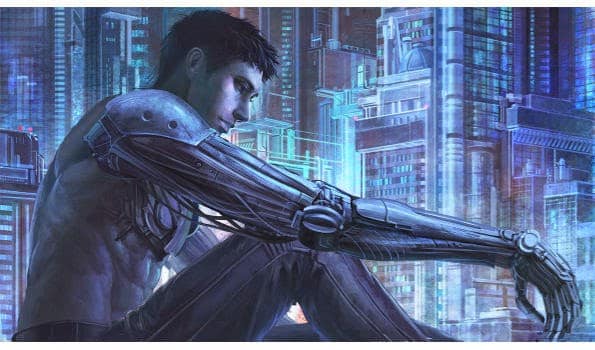Elon Musk Paving The Way For THE MARK OF THE BEAST and More … Learn The Truth!!!
Cyborgs vs. Humans – The Unsettling Rise of Transhumanism in 2025
In the heart of the 21st century, the concept of transhumanism has leaped from the pages of speculative fiction into the stark reality of daily life, far more developed than most realize. This isn’t just about a potential future; it’s about what’s already here, the technologies we interact with, and the profound changes they’re driving in our biology, society, and identity.
The Current Reality of Transhumanism

Beyond Implants to Integrated Systems:
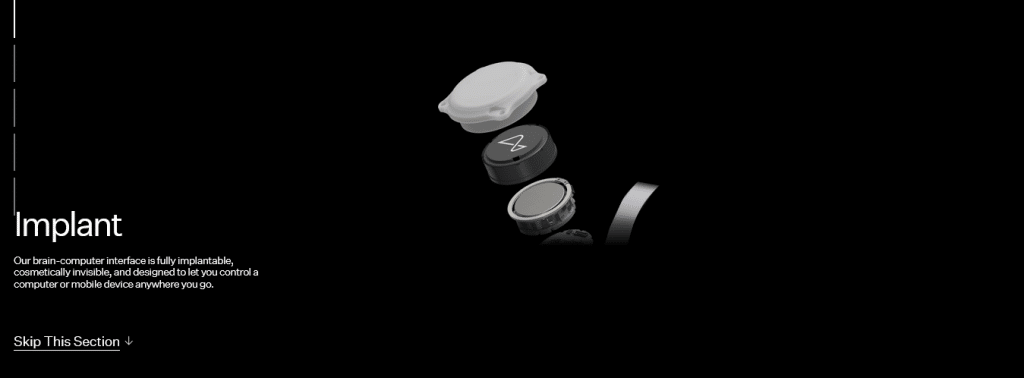
By 2025, human augmentation has evolved dramatically. Neuralink, for instance, has moved beyond mere trials into enhancing lives. People are using brain-computer interfaces (BCIs) not only to control devices but to expand cognitive capabilities, with some individuals reporting improvements in memory, concentration, and even emotional regulation.
The Ubiquity of Bio-Sensors:

Sensors have transitioned from external devices to being part of our physiology. Wearable tech has become implantable tech, with nano-scale biosensors monitoring everything from blood glucose to neurotransmitter levels. These devices, often powered by energy harvested from the body’s own movements or bioelectricity, send real-time data to cloud systems where AI algorithms analyze and suggest health interventions or enhancements.
CRISPR and Gene Therapy:
CRISPR-Cas9 technology, once a topic of ethical debate, has become a tool for both medical treatment and human enhancement. By 2025, clinics around the world offer services not just to eradicate genetic diseases but to introduce beneficial traits. This includes enhancements for physical characteristics, cognitive abilities, and even resistance to viruses, essentially making human genetics a customizable feature.
Technological Milestones Since 2022
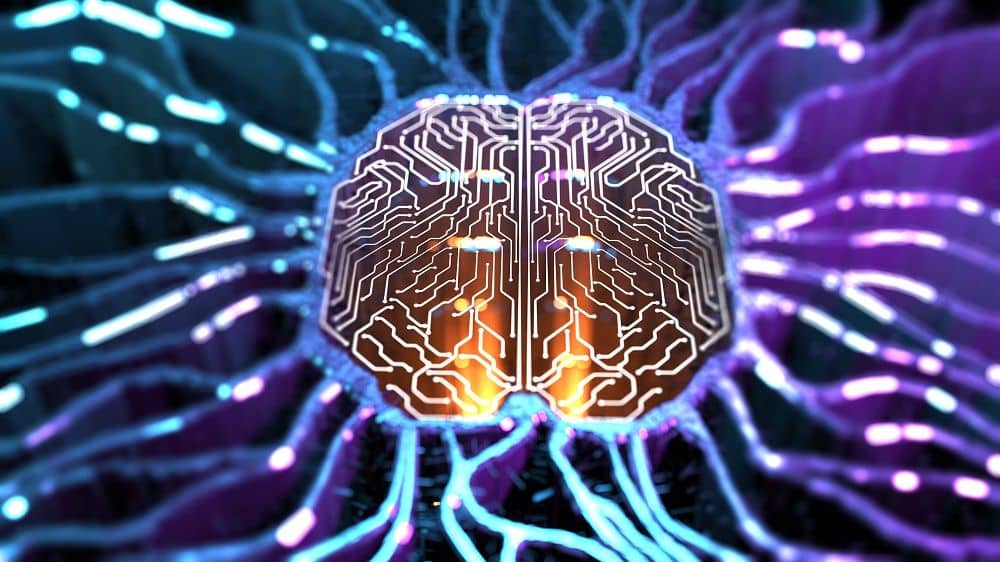
Synthetic Biology:
The field of synthetic biology has taken significant strides since 2022. We are not just editing genes; we’re designing them. Synthetic organs are in the experimental phase, with the first bioengineered kidney transplant occurring in 2024. This technology promises to end organ donation lists, offering tailored organs based on individual genetic profiles.
AI in Human Augmentation:
Artificial Intelligence has become pivotal in transhuman enhancement. AI not only interprets data from our bodies but also anticipates our needs, offering personalized health or enhancement plans. From predicting mental health crises to optimizing cognitive enhancement sessions, AI is crucial in making transhumanism practical and personalized.
Operation Warp Speed’s Legacy:
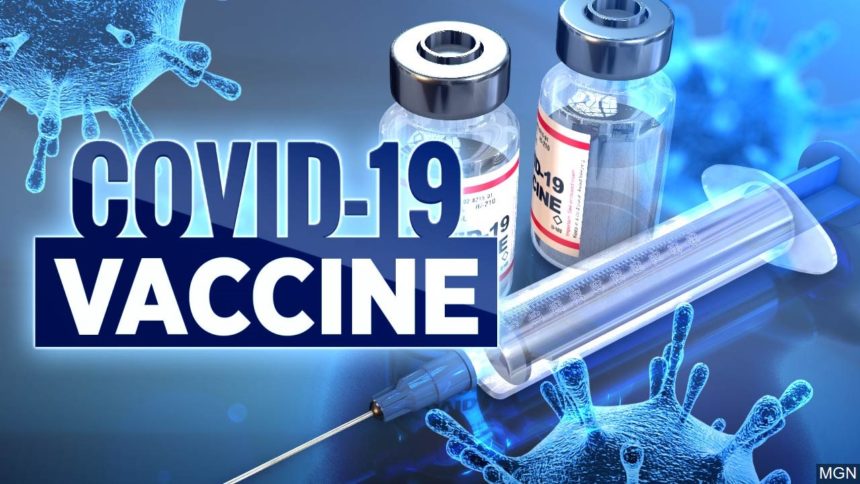
Launched in 2020, Operation Warp Speed was initially aimed at accelerating the development, manufacturing, and distribution of vaccines for COVID-19. By 2025, its infrastructure and methodologies have been repurposed for a broader application in transhumanism. The rapid development model for vaccines has influenced how quickly new biotechnologies, including gene therapies and synthetic biology applications, are brought to market. This has led to:
- Accelerated Genetic Treatments: The methodologies from Warp Speed have streamlined the approval process for gene therapies, notably reducing the time from lab to human application.
- AI-Driven Drug Discovery: AI systems, initially developed to predict the efficacy of vaccine candidates, are now used to model genetic modifications and their outcomes, significantly speeding up the development of personalized medical treatments.
- Public-Private Partnerships: The model has encouraged more robust cooperation between government bodies and private sectors, leading to faster innovation cycles in human enhancement technologies.
The Internet of Bodies (IoB):

The IoB has grown exponentially. By 2025, it’s not just about health monitoring; it’s about a network where every aspect of human function can be optimized, from sleep patterns to emotional states. This connectivity has led to the rise of “digital twins” – virtual models of our physical selves used for health simulations and enhancement strategies.
Transhumanism in Hollywood: Predictive Programming?
The Matrix:

The notion of humans interfacing with machines via neural connections in “The Matrix” has moved from science fiction to science fact with BCIs. The film’s depiction of a reality controlled by machines parallels our current discourse on data privacy, surveillance, and autonomy loss through technology. Could this be Hollywood’s way of preparing us for a future where algorithms dictate reality?
Minority Report:

Steven Spielberg’s vision of predicting and preventing crime through advanced surveillance now seems like a blueprint for our future with the IoB. Predictive algorithms mirror the Precrime system, raising questions about free will and the ethics of pre-emptive action based on data predictions. Are we being conditioned to accept a society where personal data dictates our lives?
The Terminator:

The concept of machines becoming smarter than humans, potentially leading to subjugation, resonates with AI’s role in transhumanism. The Terminator’s Skynet serves as a cautionary tale about the unchecked development of AI, especially when integrated into human biology. Predictive programming here warns against merging too closely with technology, risking control over our evolution.
Transformers:

The integration of AI and robotics in daily life, from smart homes to autonomous vehicles, mirrors the transformation theme in “Transformers”. While we’re not at shape-shifting robots, this film might be conditioning us to accept technology not just as a tool but as an extension of our capabilities or identity.
RoboCop:

The character of RoboCop directly parallels human enhancement discussions, exploring themes of identity and morality when the body is part-machine. With advancements in prosthetics and cybernetics, we’re closer to the reality of ‘cyborgs’. Are these narratives preparing or warning us about such transformations?
The Societal and Ethical Landscape
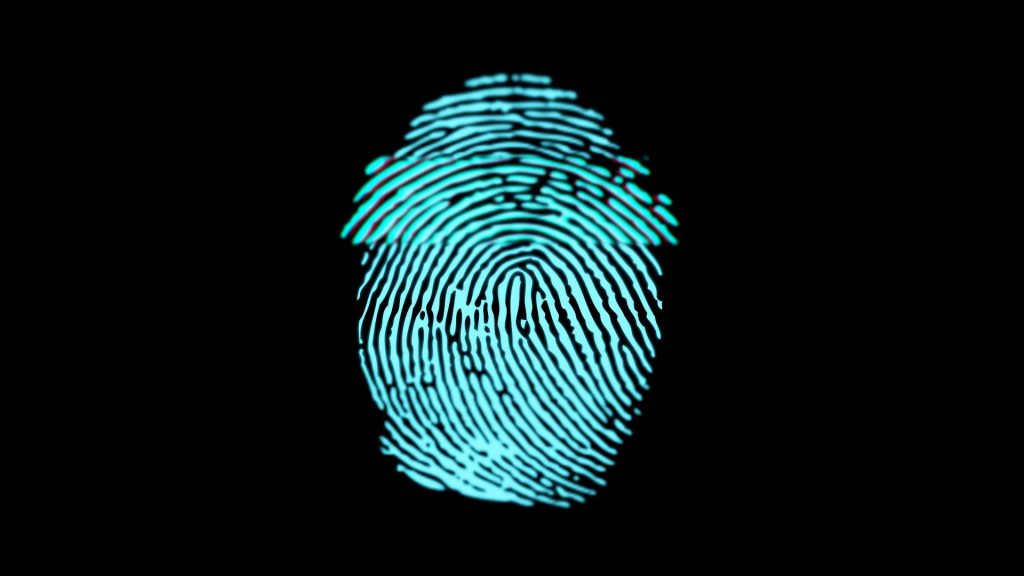
The New Class Divide:
Advancements in transhumanism have sparked socio-economic debates. There’s a divide between those who can afford enhancements and those who cannot, leading to “enhancement equality” movements advocating for government-funded programs.
Legal and Privacy Concerns:
With the body becoming a data source, privacy laws have evolved. By 2025, new legislation protects “biometric data” as a fundamental right, yet the battle between corporations and individuals over data monetization continues.
Ethical Dilemmas:
The ability to alter human DNA brings up questions about human essence. Is enhancement akin to eugenics? Philosophers, ethicists, and religious leaders debate, with some viewing transhumanism as violating natural order, while others see it as human agency’s ultimate expression.
The Mark of the Beast and Transhumanism

Biblical Implications:
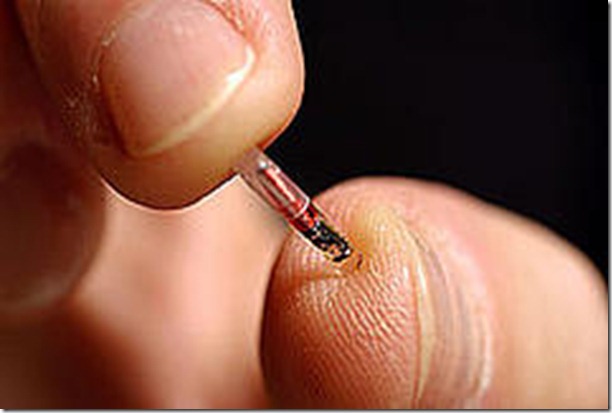
In transhumanism’s context, the “Mark of the Beast” finds new interpretations, with microchip implants for payment and biometric ID raising dystopian control scenarios, echoing fears of losing autonomy and identity.
Global Initiatives and Military Applications
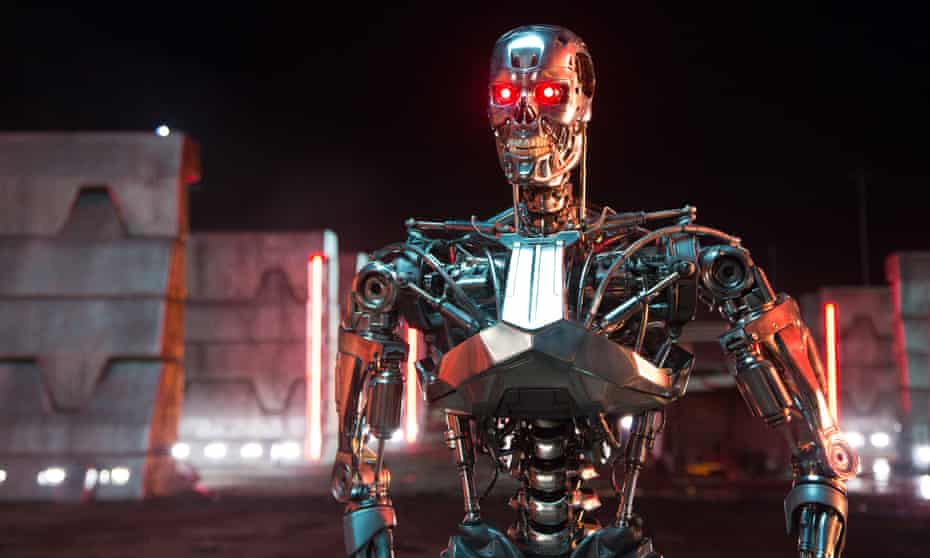
International Policies:
Countries like China and Russia have embraced transhumanism strategically, while the EU has established a Transhuman Ethics Committee to balance innovation with rights.
Military and Defense:

By 2025, “super-soldiers” with enhancements in strength, resilience, and perception are not myth but military reality, utilizing technologies influenced by AI and Operation Warp Speed’s rapid development ethos.
The Psychological and Cultural Shift
Redefining Identity:
Enhancements challenge the concept of identity, leading to “transhuman psychology”, a new therapy branch helping individuals navigate the emotional and existential challenges of living in an enhanced body.
Cultural Narratives:
Transhumanism permeates culture, with media exploring enhancement, identity, and ethical technology use, preparing society for a world where human condition is fluid, and human-machine boundaries blur.
Conclusion: The Shadow of Progress

As we advance into 2025, transhumanism’s narrative isn’t just about technological marvels; it’s a cautionary tale of potential pitfalls. The integration of bodies into surveillance networks, control through biological markers, and the ethical quagmire of genetic manipulation present a darker side to this new world. The essence of humanity might be at stake, facing a society divided by enhancement capabilities. The path chosen now will echo through history, potentially grappling with our own hubris’s consequences. Will we enhance life or engineer our subjugation? The answer lies in how we navigate this revolution.




